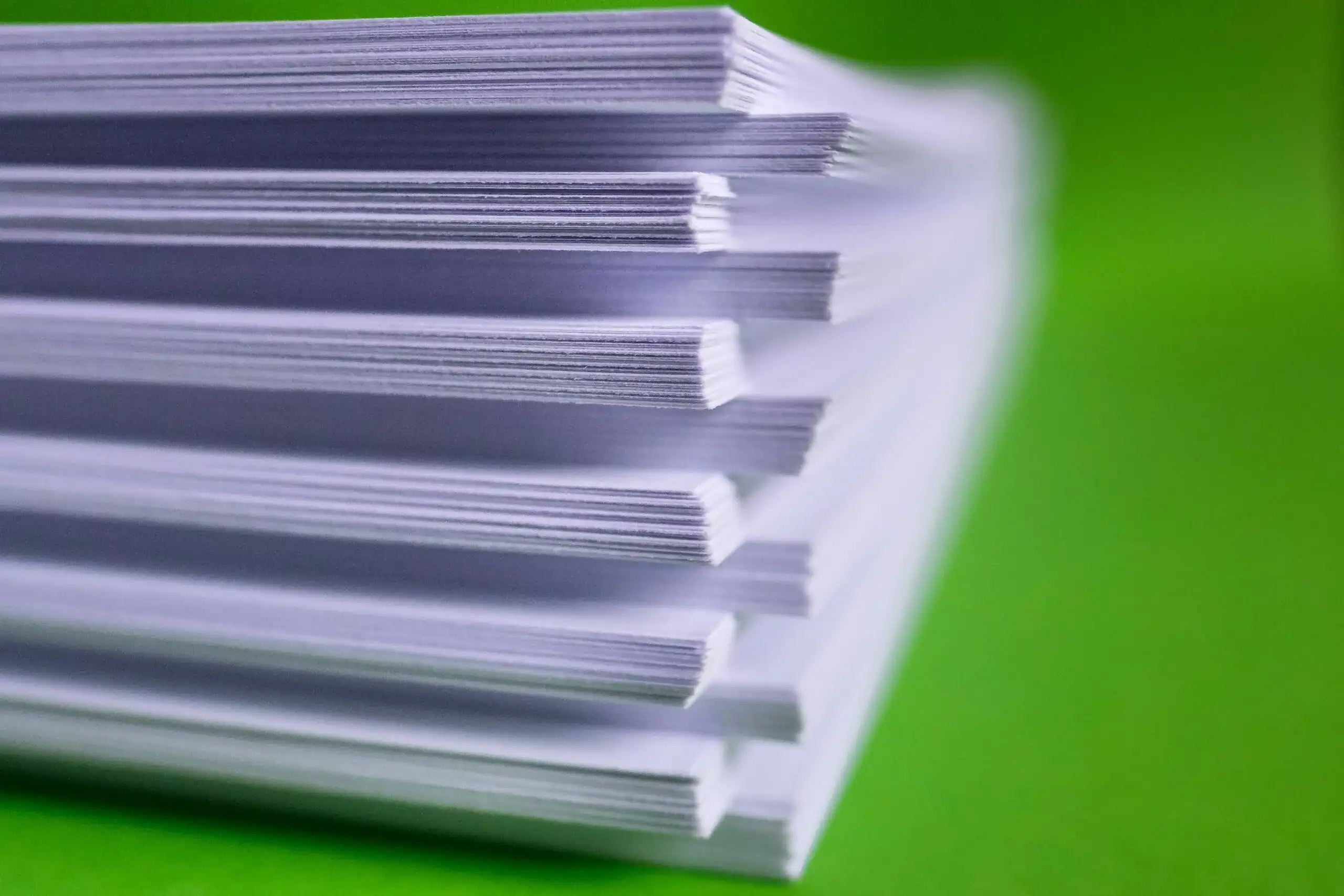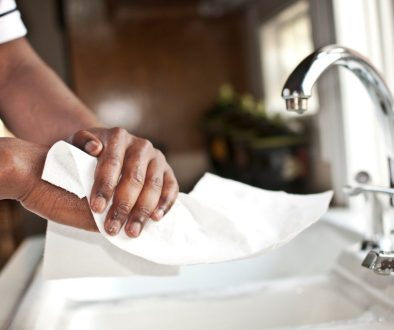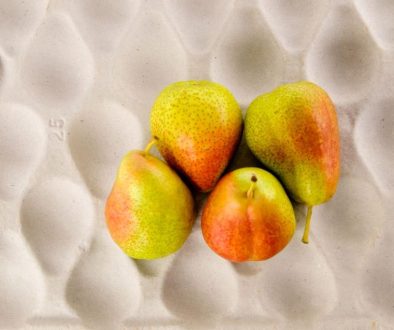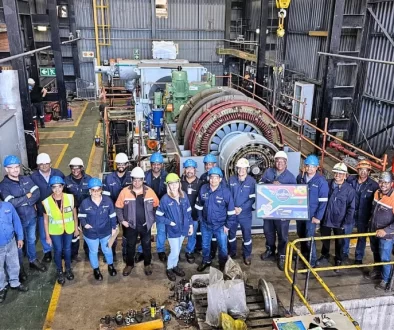Paper industry suffers from an environmental perception problem: latest report reveals
Consumers continue to believe electronic communication is more sustainable, with 49% agreeing that the Internet or “cloud” does not have a big environmental footprint, and 77% say that electronic communication is more environmentally friendly, according to the Two Sides ‘Trend Tracker Survey 2023’.
The truth, however, is that paper and print products are among the lowest greenhouse gas emitters at 0.8%1 whereas the ICT industry accounts for more than 2% of global greenhouse gas emissions (as much as all air traffic). If left unchecked, the ICT footprint could increase to 14% of global emissions by 20402.
The report, from Two Sides, seeks to understand changing consumer perceptions towards print, paper, paper packaging and tissue products. This revealing insight into consumer attitudes towards one of the world’s oldest and universally used materials is repeated biennially to monitor and report on evolving consumer perceptions, as environmental awareness intensifies and alternative digital channels of communication become more prevalent.
“The Trend Tracker 2023 survey looks at consumer perceptions on various topics relating to paper, print, paper packaging and tissue products and sustainability,” says Jane Molony, executive director of the Paper Manufacturers Association of South Africa (PAMSA). This is the first time that South Africa participated in this survey.
This extensive piece of research questioned more than 10,000 consumers in 16 countries across the world, from South America and the United States to South Africa and Europe, and provided an assessment of consumers’ attitudes towards print and paper.
Results of the 2023 study clearly show that while paper retains its place as a vital communication and packaging material, there are common misconceptions about the environmental impact of the paper and paper packaging industry.
Paper vs. electronic communication
“Few people understand that electronic devices have a significant footprint, from how they are made, to the way they are powered and disposed,” explains Molony. “In contrast, paper is a renewable material, made from farmed trees, stores carbon and is very recyclable.”
Despite this, 77% of South African consumers surveyed in the report think electronic communication is more environmentally friendly than paper communication, underlining the ongoing misconceptions around the sustainability of both the paper and electronic communications.
The pandemic also saw an upsurge in electronic communication with meetings, events and day-to-day business increasingly conducted online, and consumers relying more on online news and shopping.
“There is certainly a place for all types of communication, but we have to be careful what we believe to be better for the environment,” says Molony. “Electronic communication brings immediacy and convenience, but it is certainly not greener than paper and print.”
Disparate perceptions about forestry and paper’s environmental footprint
“Paper fares poorly as a means for communication, marketing and reading fares when it comes to environmental perceptions. However there is a contradiction too, as people across all age groups also acknowledge that the forest industry plants more trees than are harvested,” notes Molony.
The research found that 63% of consumers are aware that the South African forestry industry plants new trees to replace those harvested every year and 71% agree that it is important to use paper products from sustainably managed forests.
In fact, the South African forest industry plants some 850,000 trees per year, all of which are taking up carbon dioxide, storing it and releasing oxygen.
On whether planted forests are bad for the environment, 76% disagreed, yet an average 45% of respondents consider reading a magazine, newspaper or book on an electronic device to be more environmentally friendly than reading the same in print format (14%).
“We know all too well that bad perceptions spread quicker and deeper, and last longer, than good stories, and this is the case for our industry,” notes Molony.
“People are simply not aware of how wood for paper is sourced. South Africa’s forest industry has adopted a sustainable approach that ensures that the trees it farms are well managed – from planting to harvesting, and replanting, water use and biodiversity conservation.”
Paper recycling rates are not understood by consumers
Another common misconception about paper is the amount that is recycled. The survey found that only 19% of South African consumers understood that the paper recycling rate exceeds 60%.
The survey showed that 42% of consumers believe that paper and paper packaging is wasteful. In reality, South Africa’s overall paper recycling rate is currently 60.7%, with paper packaging even higher at 80%.
In 2022, a total of 1.25 million tonnes of paper was collected and recycled in South Africa. This is due to industry-led collection programmes, an extensive waste trade sector and conscientious citizens who separate their recyclables.
The survey showed too that less than 70% of consumers think only recycled paper should be used. “This is always an interesting myth to bust,” says Molony. “All paper – at some point in the lifecycle – comes from wood, and while certain paper products like cardboard boxes can be recycled up to 25 times, paper fibres are not infinitely recyclable, and the pulp recipes will always need to be boosted by new, virgin fibre. Again, these come from sustainable sources.”
“This report shows there remain many misconceptions surrounding the impact of print and paper-based products on the environment,” concludes Molony. “Many consumers do not understand the sustainable nature of paper products. These misunderstandings make our work at PAMSA, and the campaigns at Two Sides and Love Paper, vital.”
The full report, which provides regional data broken down by age and gender, is available to Two Sides members only.
References
1 European Environment Agency, Annual European Union Greenhouse Gas Inventory 1990-2018, 2020
2 European Commission, 2020




